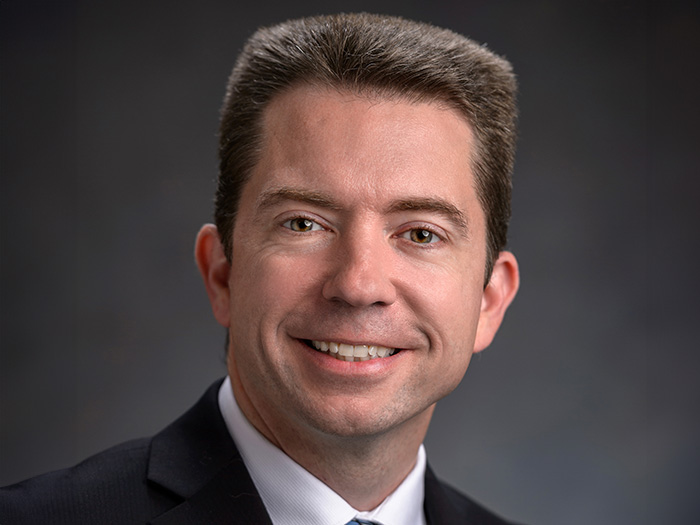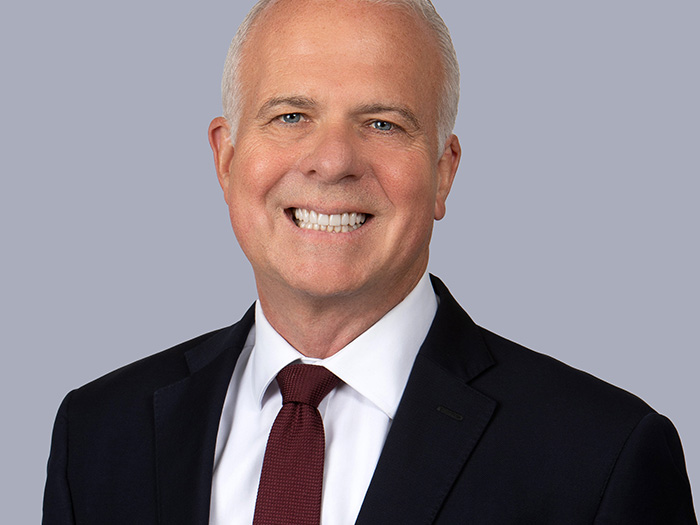Risk Insider: Nir Kossovsky
Speaking Volumes When D&O Defenses are Muted
The Wall Street Journal headline was arresting: “Activist Investors Have a New Bloodlust: CEOs.”
The next day in the Financial Times, activist investor Jeff Ubben criticized the methods of activist firm, Elliott Management, noting that when companies are under attack, “ … you don’t ever hear the management or board side because they’re the defense, and the defense doesn’t talk.”
To defend, a CEO could talk about his value-protecting governance, risk and compliance (GRC) investment leadership and hopefully mitigate an activist-initiated reputation crisis.
A prudent CEO would engage a credible third party to speak to the court of public opinion proactively on his and the board’s behalf, because as Ubben further noted, “ … when you [the CEO] do strike back, you’re fired.”
There is a range of alternative defensive strategies — none of which are particularly promising. The status quo, silence, is a path to disaster today.
In an age of weaponized social media, generalized anger and boards increasingly intimidated by activists, CEOs are in the crosshairs like never before.
“CEOs face an ‘unforgiving’ business environment, fraught with social, political and technological upheavals,” Marco Amitrano, head of consulting at PwC UK, recently told the Financial Times.
Silence aside, a CEO’s other historical defenses — chairing the board, board-accorded courtesies, the old-boys network, and D&O liability insurance — are no better than the Maginot line in arresting an activist blitzkrieg.
Fewer CEOs are chairing boards. Equilar, a data analytics company, reports that an increasing number of firms are appointing an independent director to run their boards. Among S&P 500 companies, 35.1 percent now have a non-executive chairman, up from 27.7 percent in 2012.
The boards are also less courteous to the CEOs. Late last year, State Street Global Advisors railed against boards that, in the Advisors’ opinion, were buckling too quickly to activist demands materially adverse to the interest of the CEO. “Say on Pay,” threats of clawbacks, shorter tenures and long-term incentives are one-way messages adding up to “don’t screw up — deal with it.”
There is a range of alternative defensive strategies — none of which are particularly promising. The status quo, silence, is a path to disaster today.
Consider the cognitive dissonance when the head of BP’s remuneration committee, Ann Dowling, said in a letter to investors “As a result — in a year of good performance and progress – (CEO) Bob Dudley’s total single figure for 2016 has been reduced by some 40 percent compared to last year.”
For male CEOs, even the protections afforded by the aptly disparaged old boys network are slipping. Being “male, pale, and stale” is today a liability in the eyes of proxy advisory groups.
According to the consultancy firm Challenger, Gray & Christmas, of 1,043 CEOs who were replaced in 2016, 18.5 percent were replaced by women. In 2010, just 12.3 percent of 943 replacements were women.
Moreover, in 2013, nearly two males replaced a female CEO for every female that replaced a male CEO. The ratio flipped in 2014, and by 2016 1.3 females had replaced a male CEO for every male that replaced a female CEO.
Not that being a woman afforded any intrinsic protections, either. The New York Times in 2015 left unanswered the question of whether activist investors — all of them men — see women as softer targets.
Prompting the question was the observation that while only 23 women lead companies in the Standard & Poor’s 500-stock index, at least a quarter of them had fallen into the crosshairs of activist investors.
And while D&O liability insurance was once upon a time a badge of good governance, issued only to highly qualified companies and their management, it is today commoditized and holds no standing in the court of public opinion.
And thus, both great and the average CEOs are turning over in greater numbers. In 2016, according to the executive services firm SpencerStuart, 58 of the S&P 500’s CEOs transitioned. That the highest number since 2006, a 13 percent increase over 2015, and a 57 percent increase over the nadir in 2012. The average age in 2016 was 60, which is 2 years younger than the average age in 2015.
There are two ways to give great CEOs a voice and a means to defend themselves against activists. The first is by brilliantly navigating a firm through a great reputational crisis, such as Johnson & Johnson’s Tylenol II reprise or Rolls-Royce’s Trent 9000 engine failure. Upon appreciation by the market of their excellence in leadership, both firms went on to greatly outperform their peers.
The other strategy is an endorsement from a credible third party, such as the life-saving blessing Warren Buffet gave the CEO and select board members at Wells Fargo.
For CEOs who are not friends-of-Warren, it is better to use a growing number of creative post-PR signaling strategies — like D&O insurance once was — to communicate loudly in unambiguous financial terms that “good governance is practiced here.”
These third-party warranties and endorsements, which do include reputation insurance products, act like security alarm signs on the front lawn — they deter and blunt attacks and protect companies and individuals in leadership if those attacks do occur.
That third party signal is something that really great CEOs need to broadcast on their behalf … when all others fall silent.










